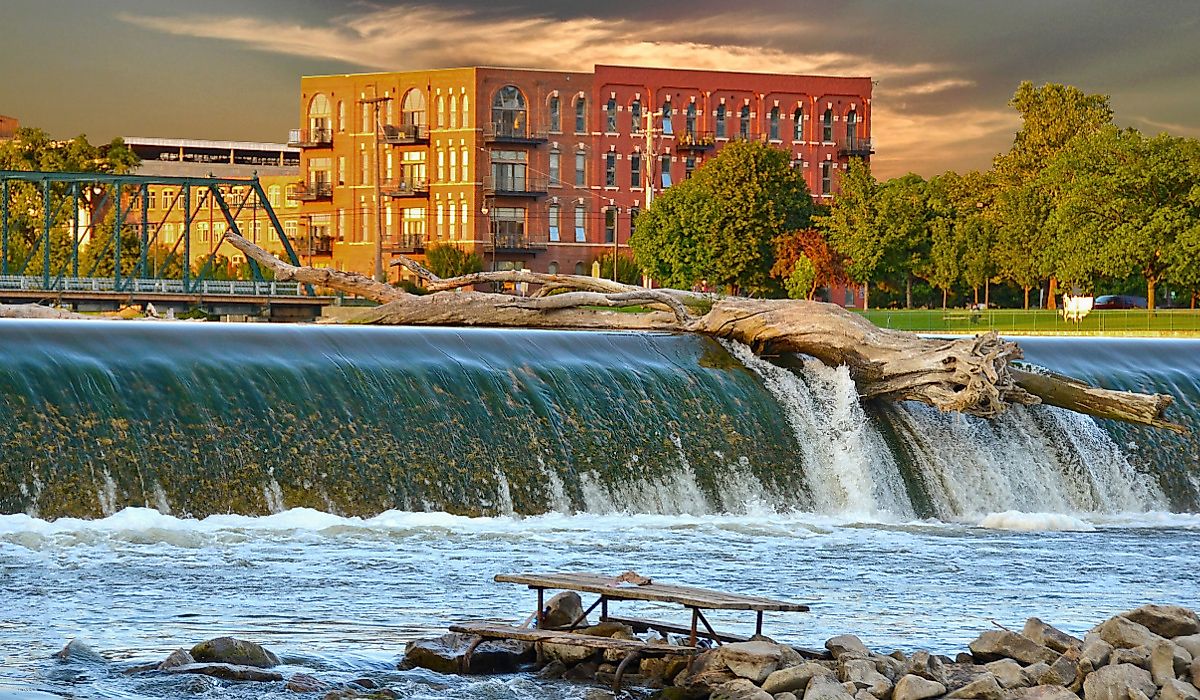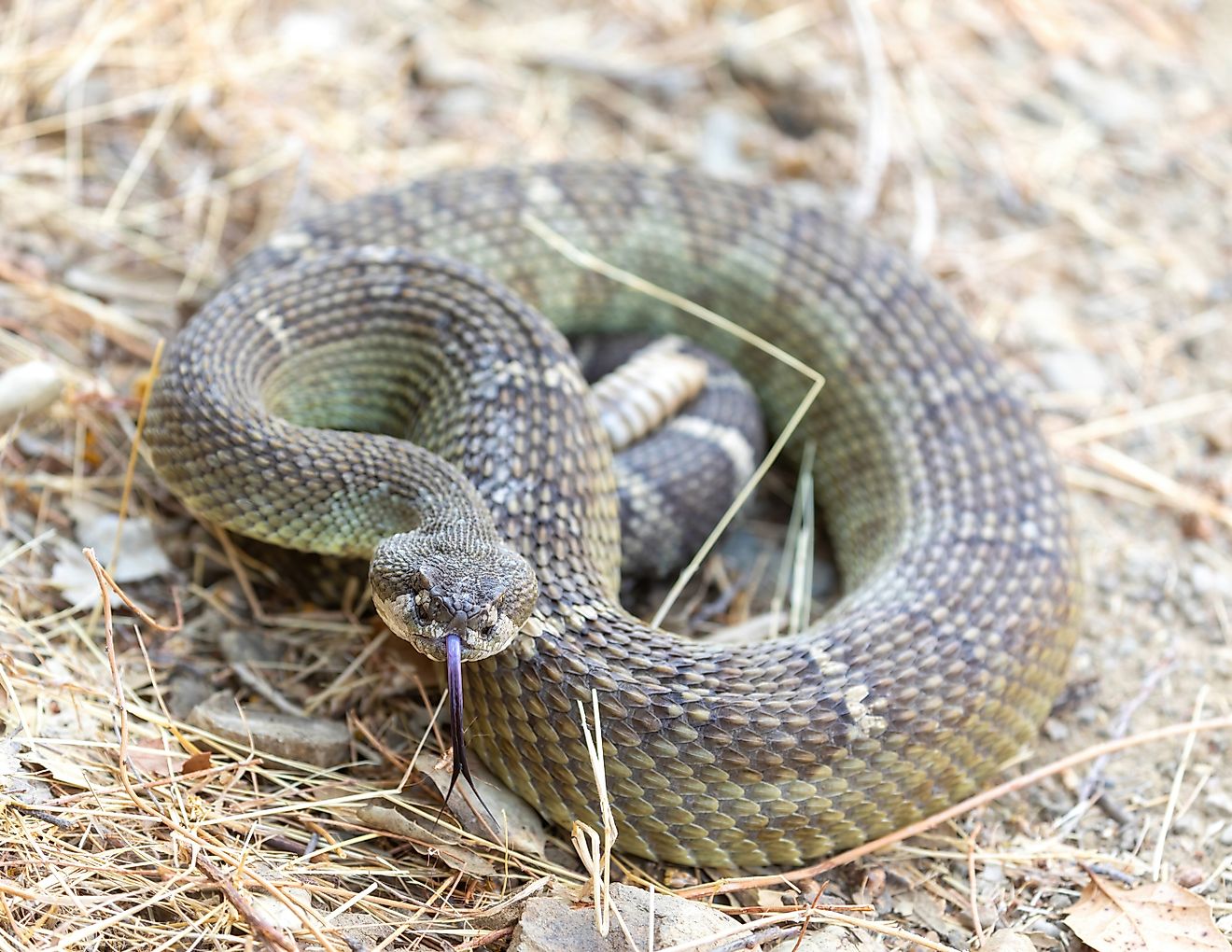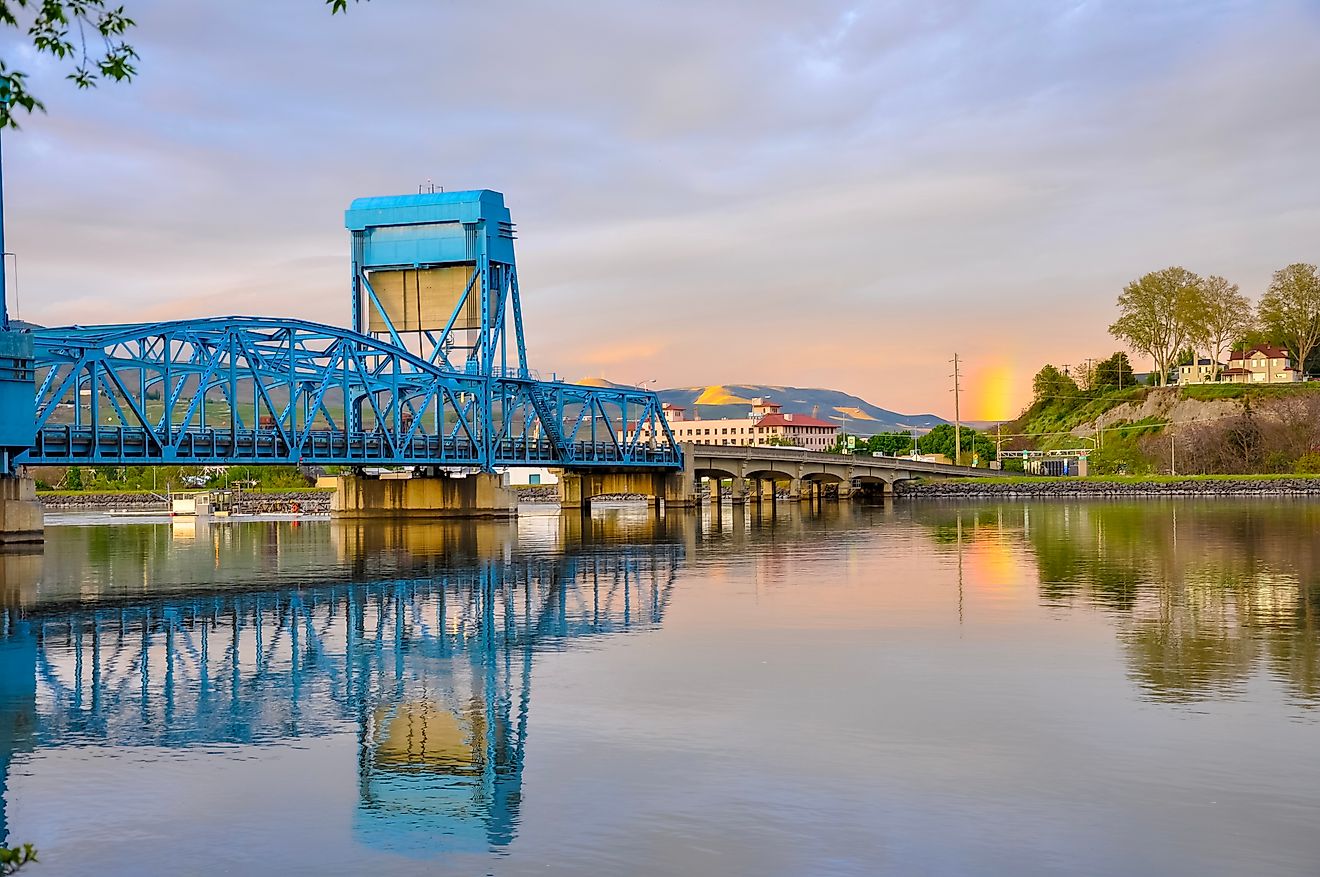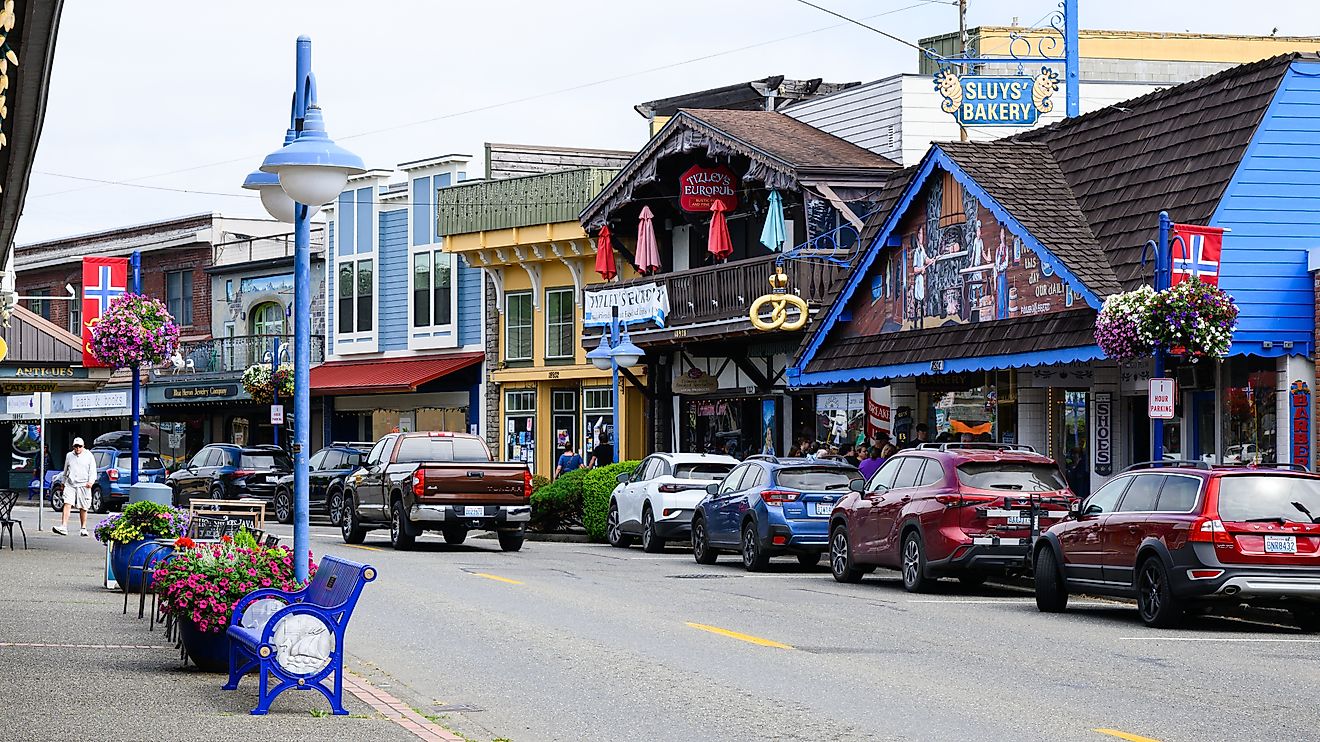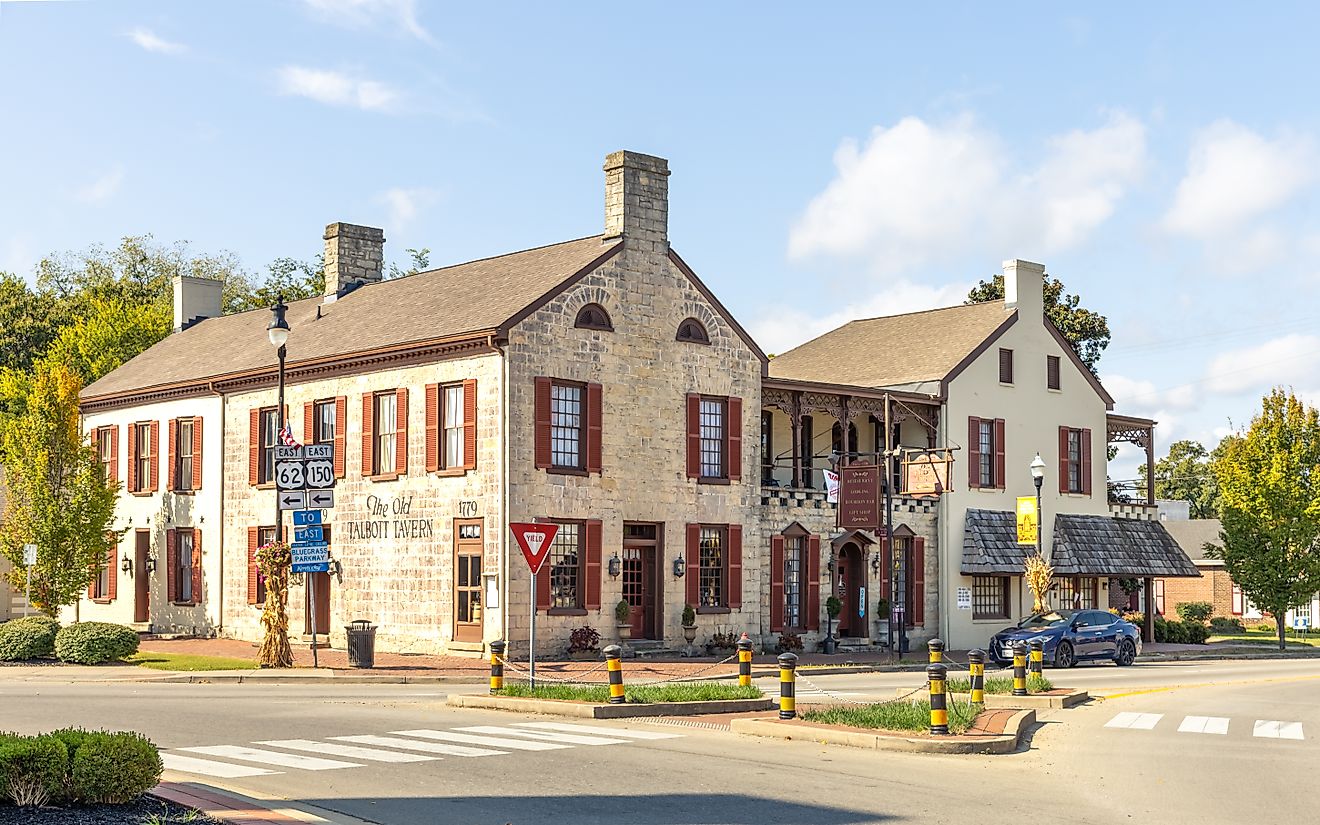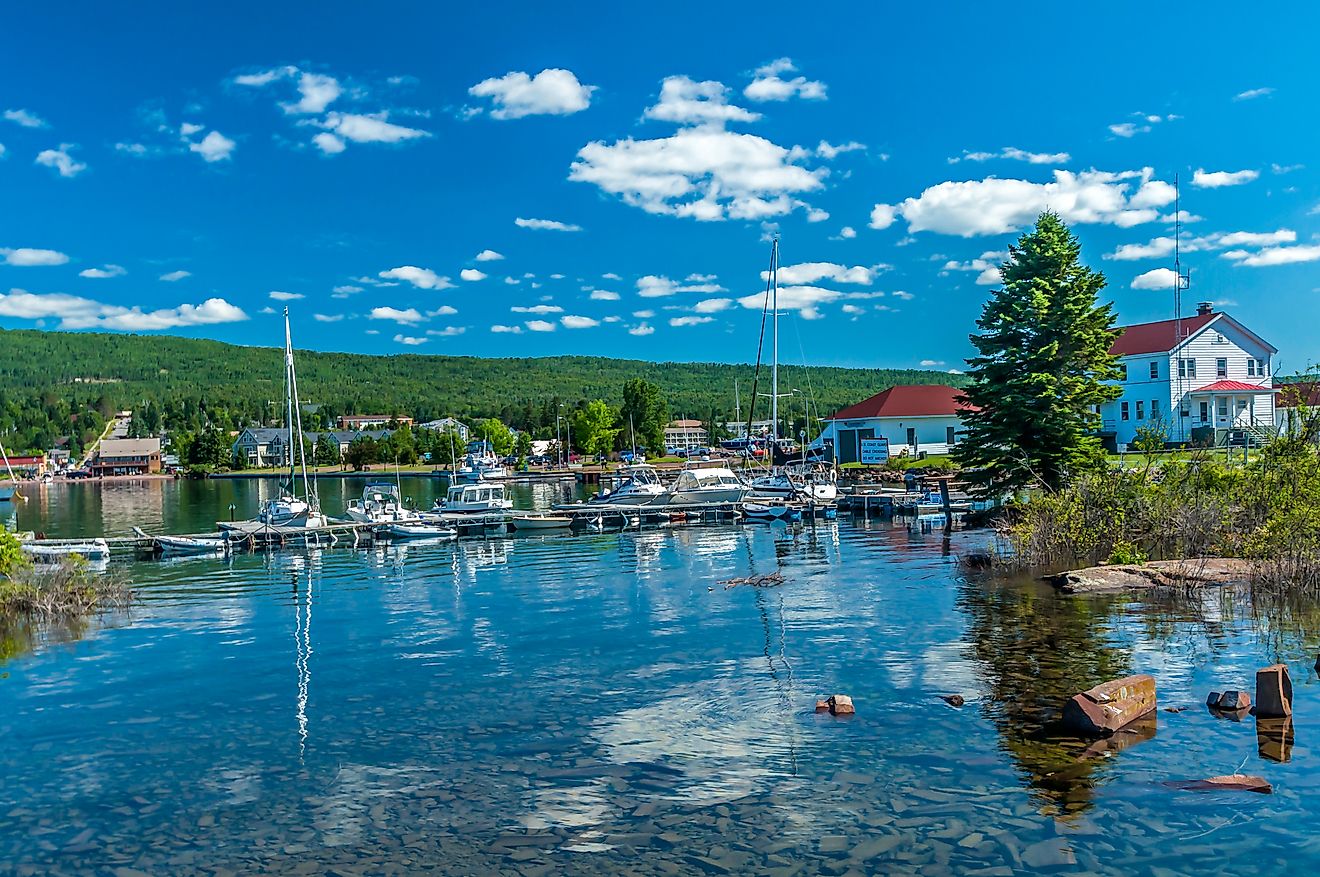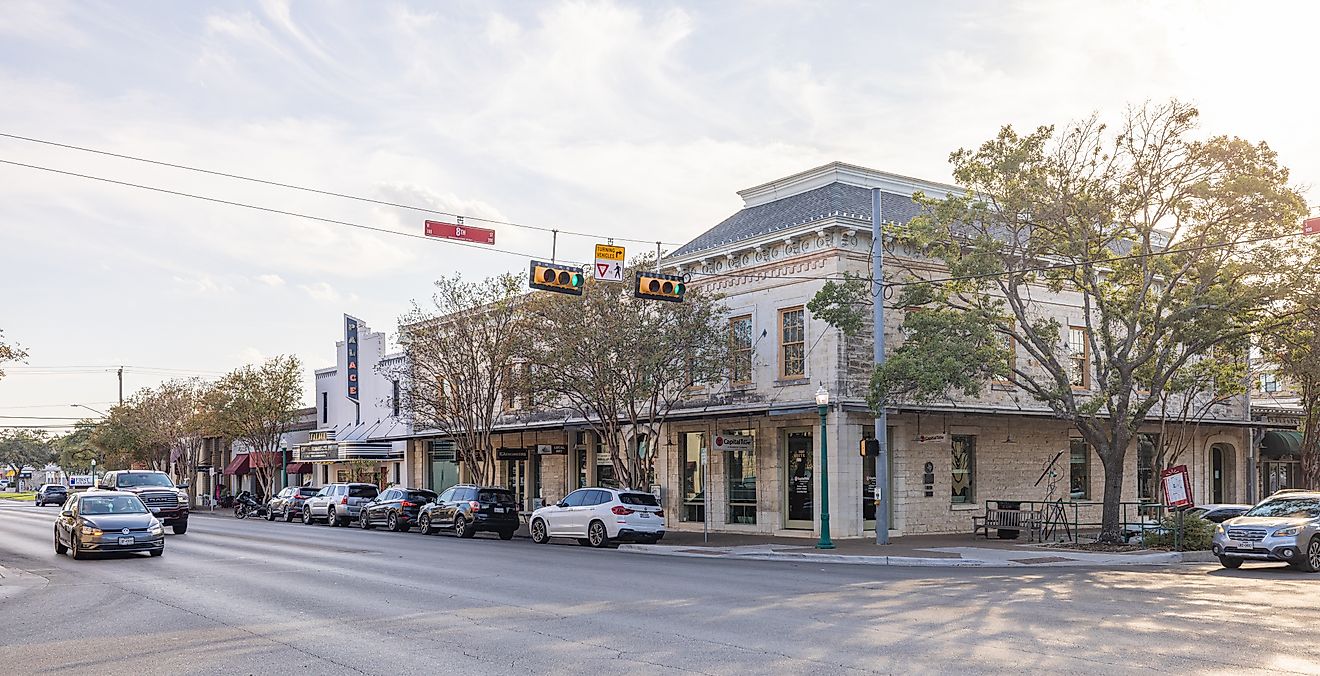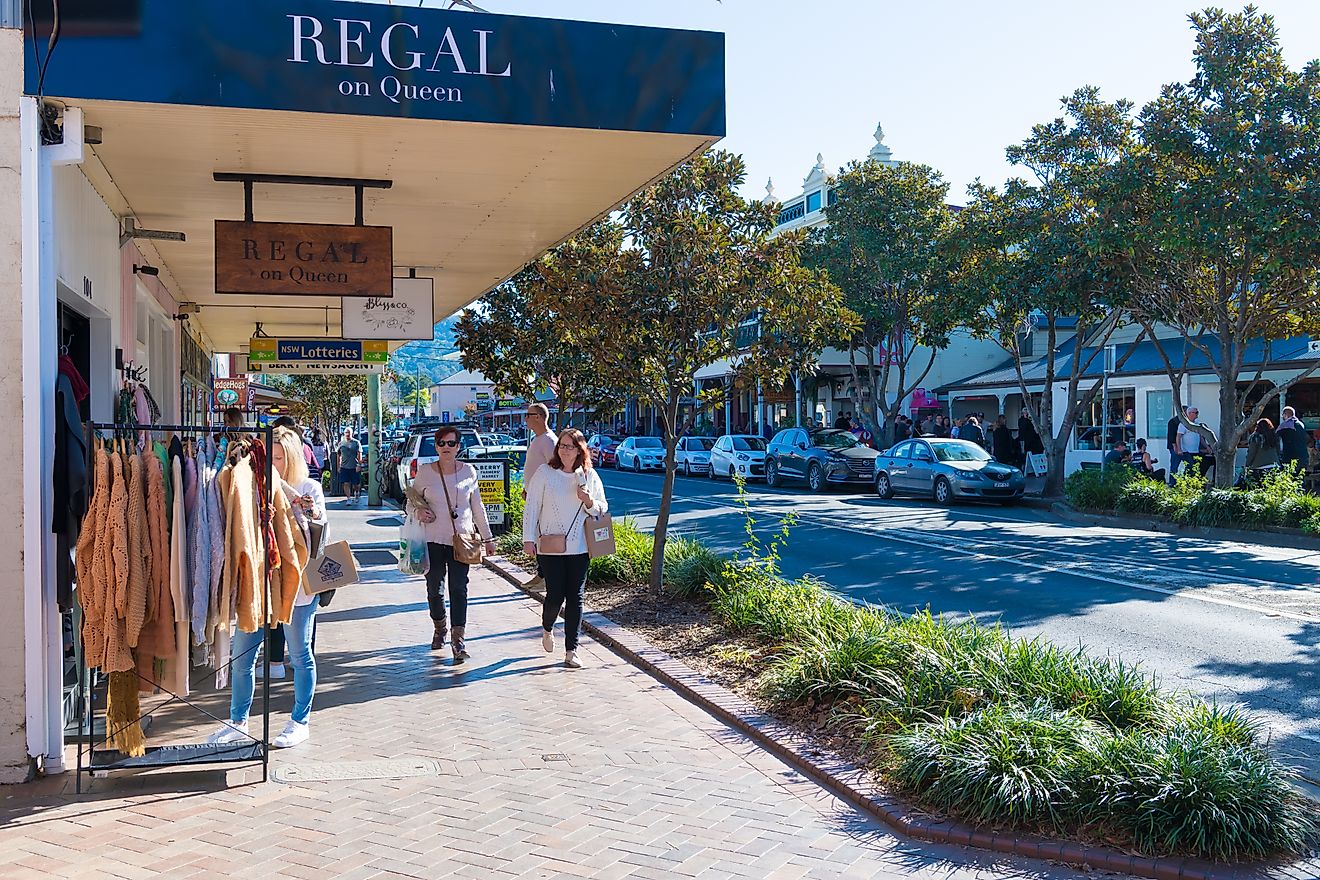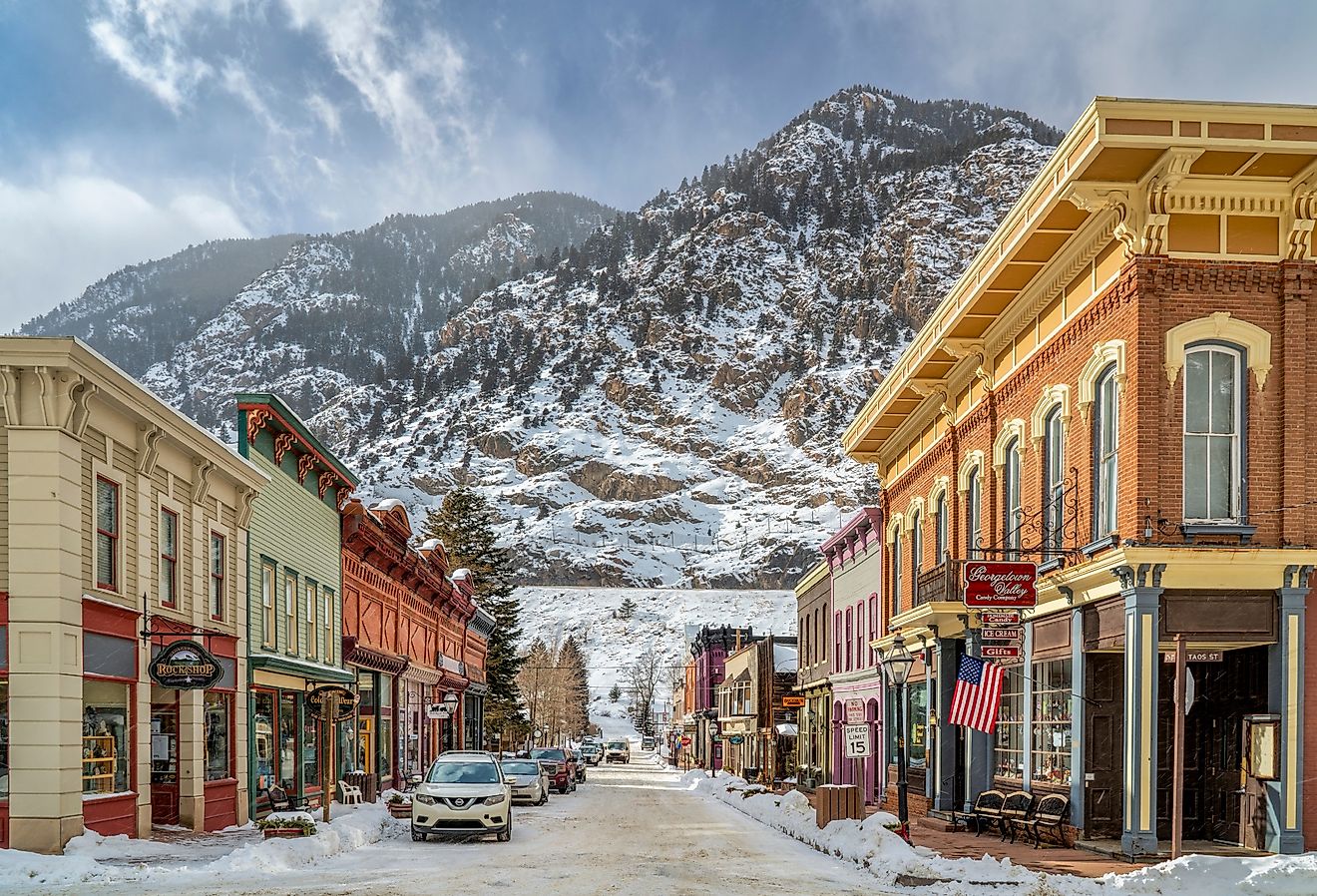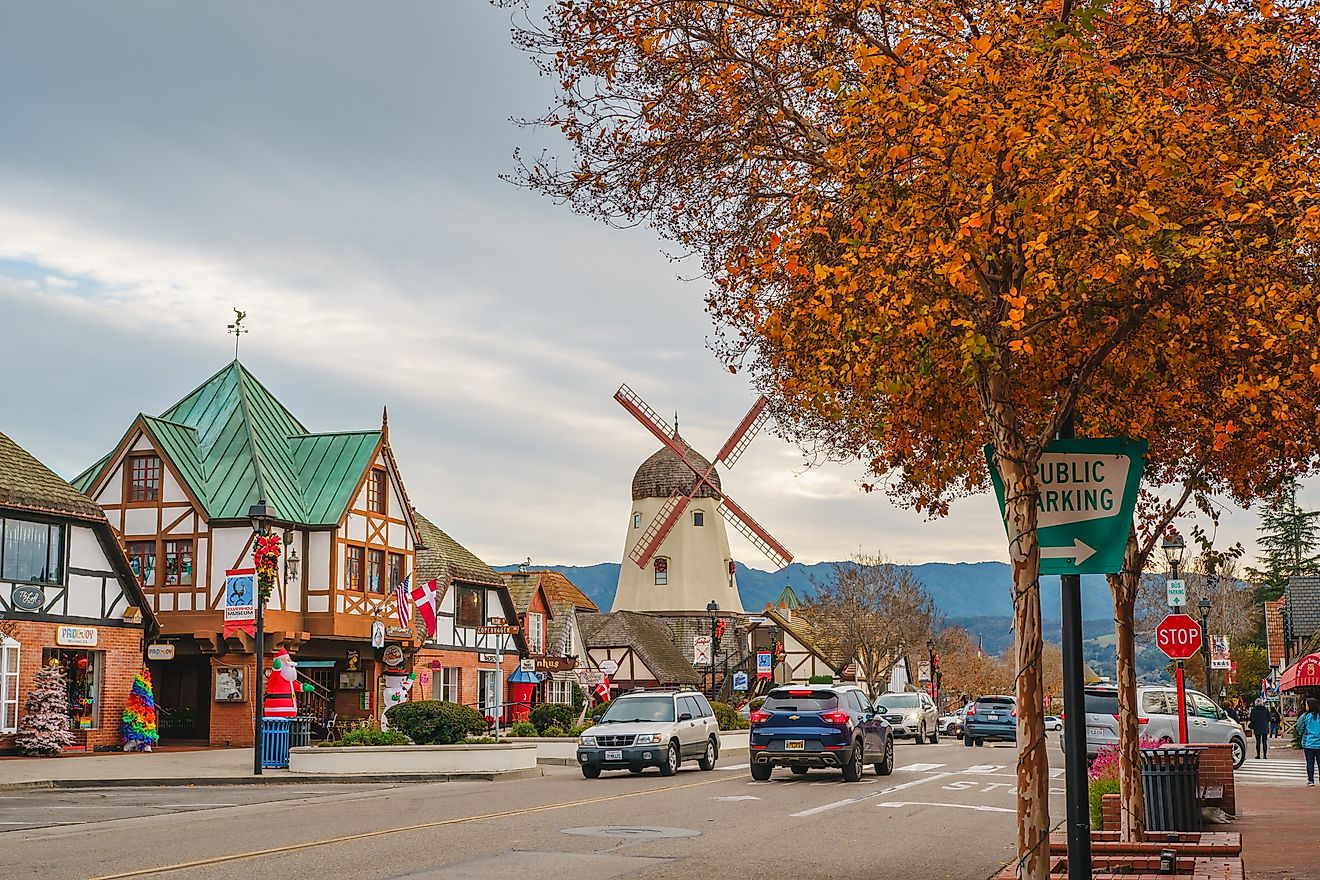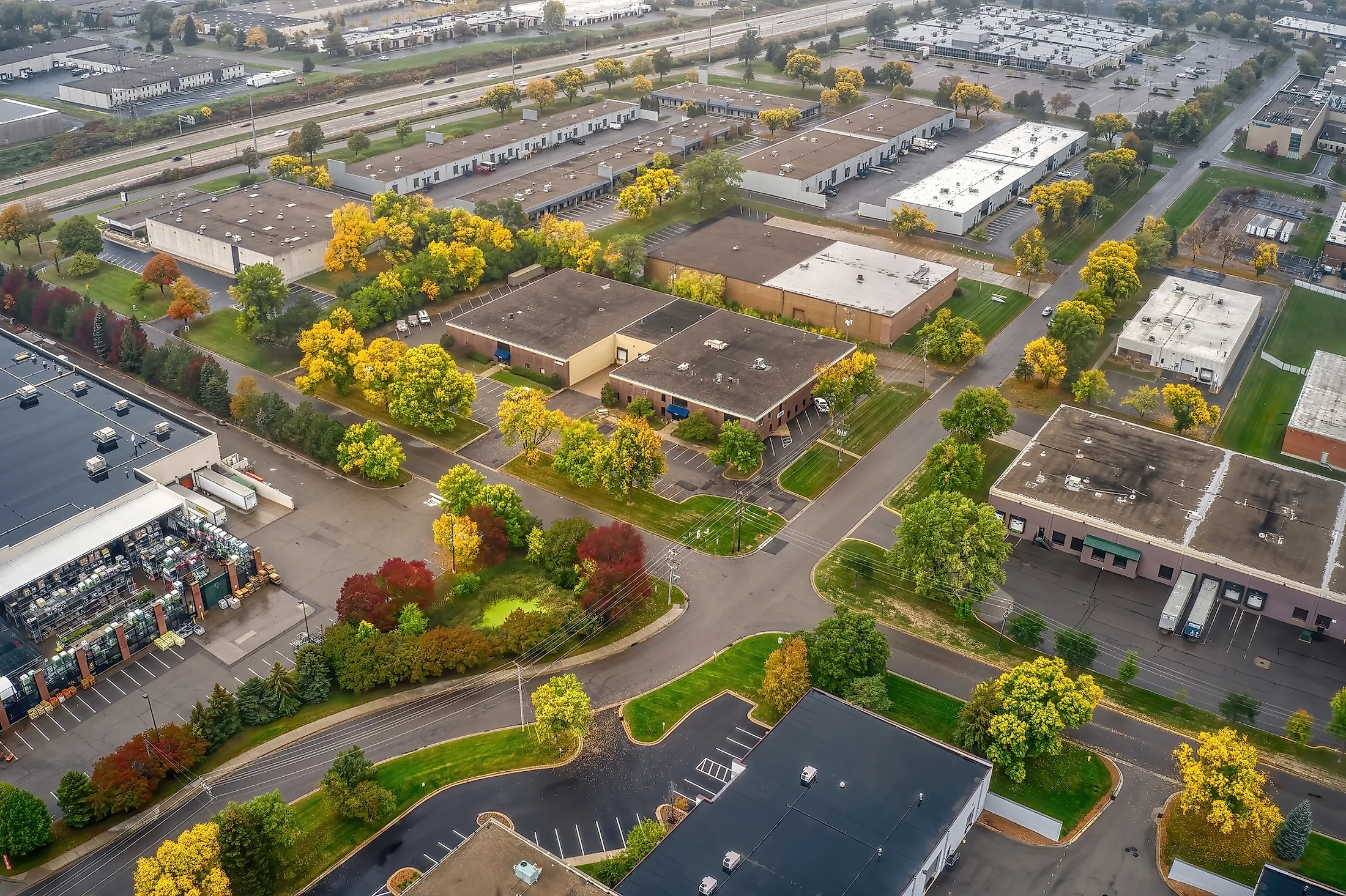
Plymouth, Minnesota
Plymouth is a suburban city in the US state of Minnesota, located just 15 miles west of downtown Minneapolis in Hennepin County. Plymouth offers beautiful natural features, including a few sizable water bodies, topped by Medicine Lake, which is the second largest lake in Hennepin County. Moreover, the city offers easy access to downtown Minneapolis and its wide array of cultural and sports venues.
Geography And Climate Of Plymouth
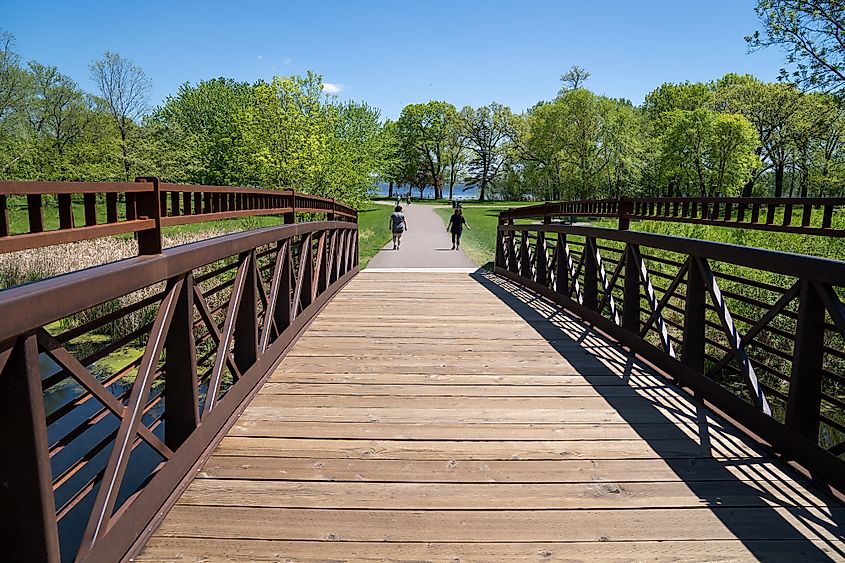
Plymouth covers a total area of 35.33 square miles, where 32.68 square miles are land and around 2.65 square miles are covered with water. The city is situated on the western border of the Minneapolis suburbs and is encompassed by Maple Grove from the north, New Hope and Golden Valley from the east, Minnetonka from the south, and Medina from the west. The city contains more than eight lakes, with Medicine Lake being the largest, followed by Bass Lake and Parker's Lake, and a few smaller distributed within the city.
The climate in Plymouth is humid continental, with warm and wet summers, freezing windy winters, and cloudy skies around the year. Temperatures fluctuate between -13 °C and 28 °C, and they are hardly below -24 °C or above 33 °C. For tourists, the best time to visit Plymouth for warm-weather activities is between June and September.
A Brief History Of Plymouth
The area was initially inhabited by the Dakota tribes. Antoine LeCounte, an explorer who arrived in the area in 1848, settled there in 1852. He built his first cottage at what is now known as the East Medicine Lake Boulevard.
Plymouth was incorporated as a town in 1858 after the construction of the gristmill and other structures. With the development of settlers, the area got reorganized, and The Hennepin County Board of Commissioners called the new settlement Plymouth. During the Dakota War of 1862 between the foreign settlers and the Dakota peoples, Plymouth settlers participated as a militia and got rewarded for their contribution, which boosted the city's economy through the construction of schools, churches, and post offices. More improvements happened after the Civil War that boosted the city's population and made farming the trade of most settlers. Medicine Lake, which was the name of the town at that time, was considered the main tourist attraction, and resorts were built around its shores. Finally, the town was incorporated as a city In 1973, and it was known again as Plymouth.
Economy And Population Of Plymouth
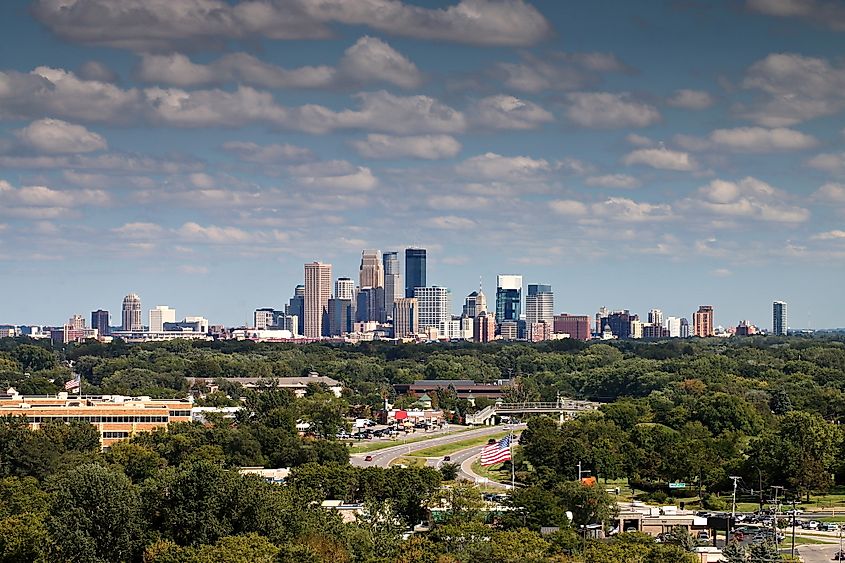
The city hosts a thriving commercial-industrial base including approximately 60,000 jobs, where Plymouth has been ranked as Minnesota's fourth-largest economy, evaluated by gross business sales by the Minnesota Department of Revenue. The economy of Plymouth relies mostly on manufacturing, followed by healthcare and social assistance, in addition to scientific and technical services and utilities. As one of the sturdiest economies in Minnesota, Plymouth companies attract and hire many talents in the metro, with an average annual income of a Plymouth resident scoring at around $46,375, undergoing a sales tax rate of 7.5%, and an income tax rate of 7.1%.
The current population of Plymouth is estimated at around 81,037 residents. Almost 86.65% of those residents were born in the United States, of which 59.16% were born in Minnesota. However, 5.81% of residents are not US citizens, most of whom come from Asia.
Top Attractions In Plymouth
Medicine Lake Park
The park offers extensive access to the 902-acre Medicine Lake, which is Hennepin County's second-largest behind Lake Minnetonka. The park is situated just 8 miles away from downtown Minneapolis for excellent boating, sailing, and fishing without leaving the Twin Cities. The Shoreline of the lake includes many parks, as well as beautiful lake houses and public access boat launches, along with a family-friendly beach, basketball court, picnic shelter, playground, and sand volleyball court, in addition to several walking and biking tracks for fresh-air fun too.
Hilde Performance Center
The Center was named after Plymouth's beloved mayor, who wanted a space where the community could meet and enjoy the beautiful seasons. The Live at the Hilde concert series brings people together, and there's plenty of family entertainment like movies in the park and Kids Fest at the Hilde too. This local site is considered a summer hotspot for performing arts and community entertainment, where the open-air facility reaches 45 feet tall and offers great acoustics and beautiful views. Moreover, the Center features the Hilde, which welcomes the celebrated Minnesota Orchestra every summer.
Moreover, Plymouth hosts a wide range of Parks and Recreation that offers extensive recreation programs like the Parkers Lake, the French Regional Park, and the Nature Canyon park.
Plymouth has built a national reputation as a flourishing community featuring an excellent quality of life. Its lakes and rolling terrain offer a backdrop for a blend of well-planned residential, business, and commercial-industrial areas, in addition to beautiful parks and neighborhoods that host a wide range of activities for people of all ages.
